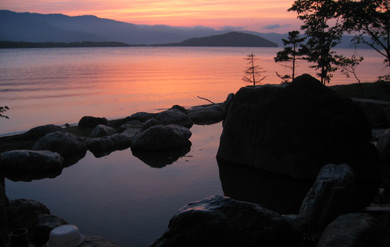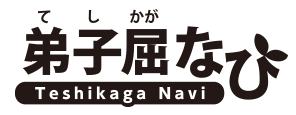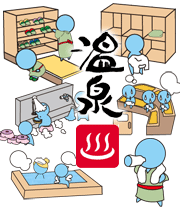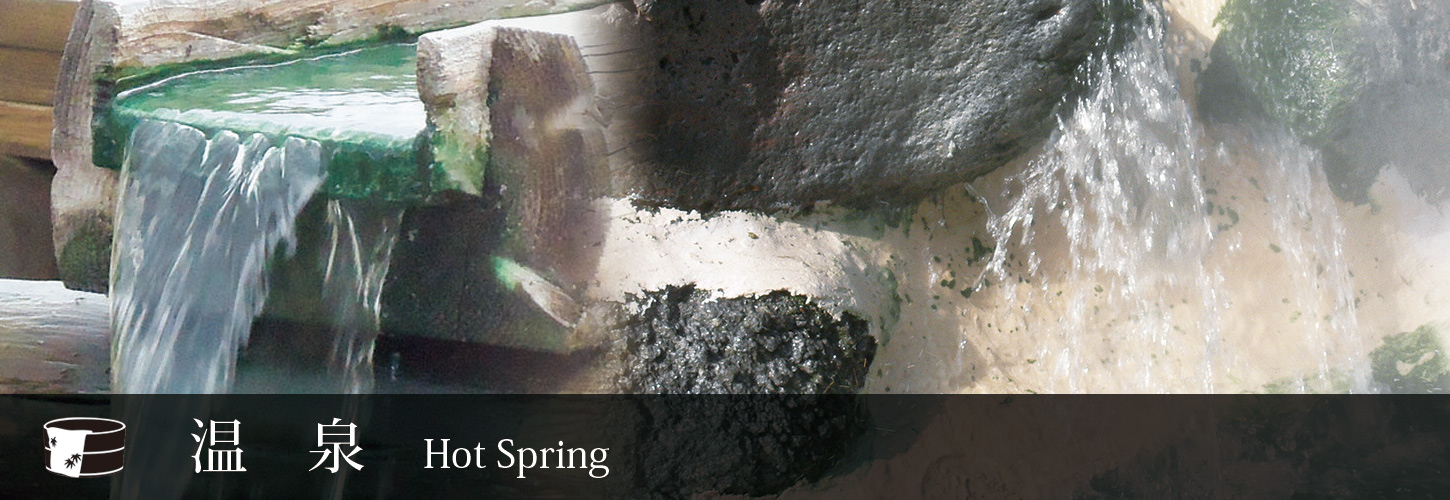
Hot Springs in Teshikaga
There are two hot-springareas in Teshikaga:KawayuOnsen and MashuOnsen. They are fed by springs that have different mineral compositions. The baths in Kawayu are fed by waters from Mt. Io, which are sulfurous and acidic. The water that flows into Mashu is softer and more alkaline (the exact source of the water is unknown).
Teshikaga has become one of Hokkaido’s leading hot-spring destinations because of the abundance of hot-spring water and the number of different baths and facilities in the area. There are baths and footbaths that can be used for free, as well as facilities with paid entry, throughout the town. The baths along the shore of Lake Kussharo are some of the most scenic in Teshikaga, with good views of Japan’s largest caldera lake. At the lakeside Sunayu Campsite, you can dig your own onsen footbath. Rent a shovel or just use your hands to scoop away the sand, and naturally heated spring water will fill the hole you dig.
【Kawayu hot springs】
In centuries past, sulfur mining on Mt. Io was a major industry that put Kawayu on the map. Settlements developed around the mountain as more and more people came to work in the mines. Mining activities dwindled during the early twentieth century, but Kawayu has continued to flourish because of the hot-spring waters that feed its baths.
The Kawayu hot spring area lies directly north of Mt. Io. Natural spring water from the still-active volcano flows below ground and is pumped up to fill the hot-spring baths of local hotels. There are numerous onsen hotels to choose from; some hotels allow day visitors to use their facilities as well. The sulfurous and acidic quality of the waters is beneficial for the skin.
| Kawayu Onsen Area Day-use hot springs |
◆Kawayu Onsen Public Foot Bath ◆Kawayu JR Station Public Foot Bath
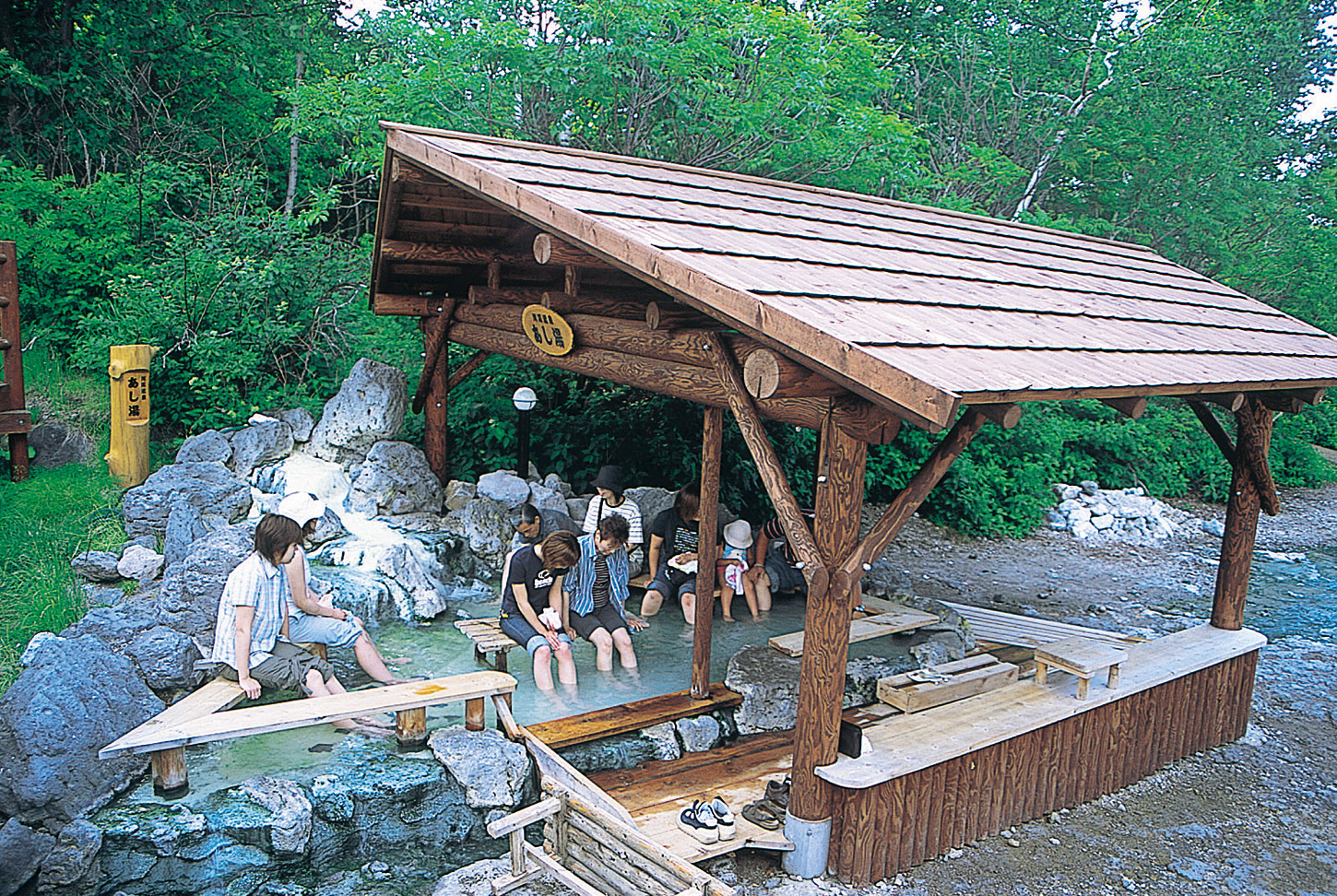
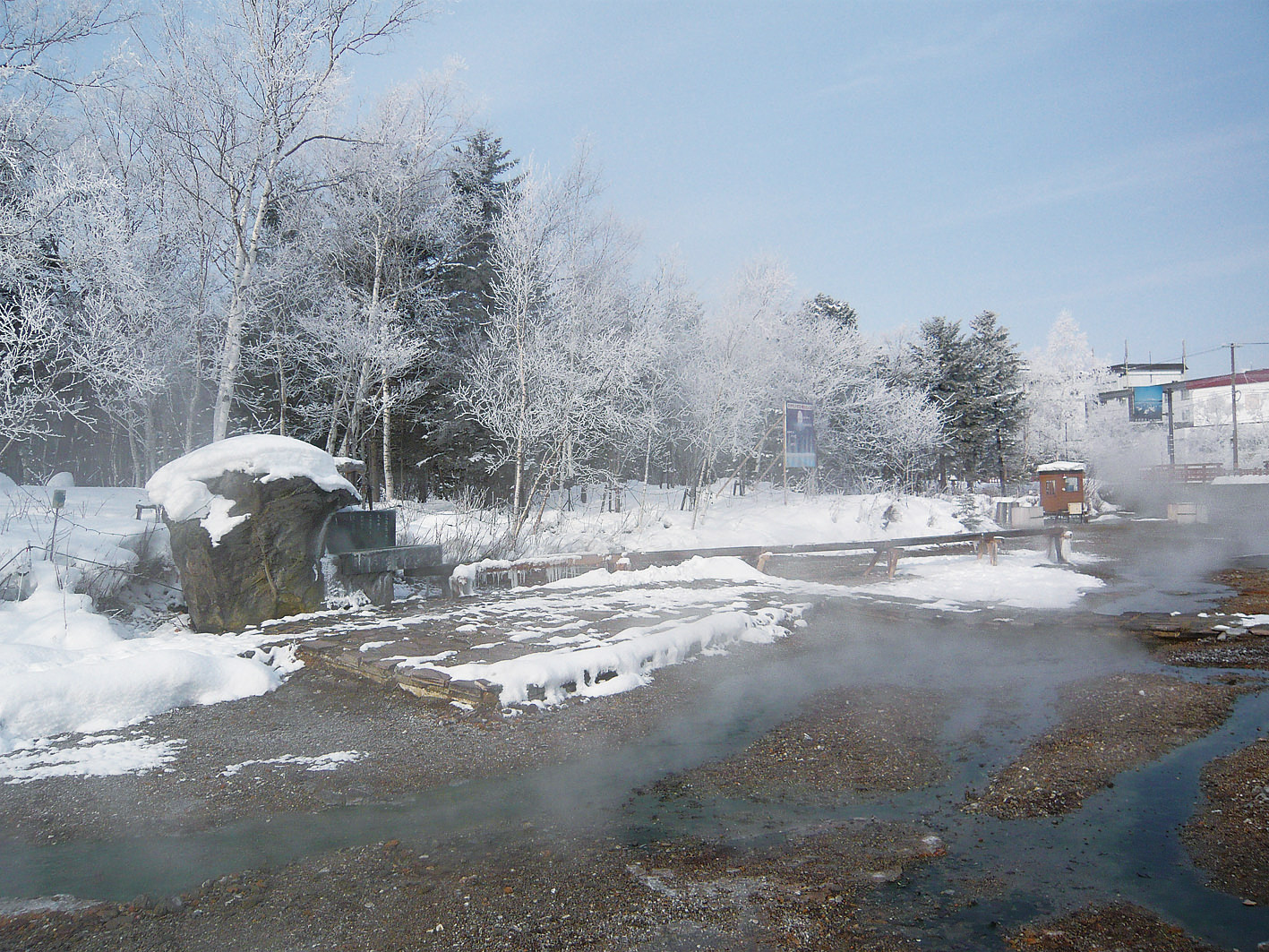
【Mashu hot springs】
The Mashu hot spring area lies south of Lake Mashu. Hotels and guesthouses are clustered along the Kushiro River, the long, meandering waterway that flows from Lake Kussharo to the Pacific Ocean. This hot-spring town dates to 1885, and is the oldest hot-spring outpost in eastern Hokkaido. The water that feeds the baths in this area is soft and alkaline, and is purported to have a long-lasting, warming effect. There are several bathing facilities in MashuOnsen to choose from, including traditional ryokan inns, hotels, and guesthouses. Some of these make their facilities available to day bathers for a fee. There are also footbaths that can be used free of charge at MashuOnsen Roadside Station and Mashu Station.
| Mashu Area Day-use hot springs |
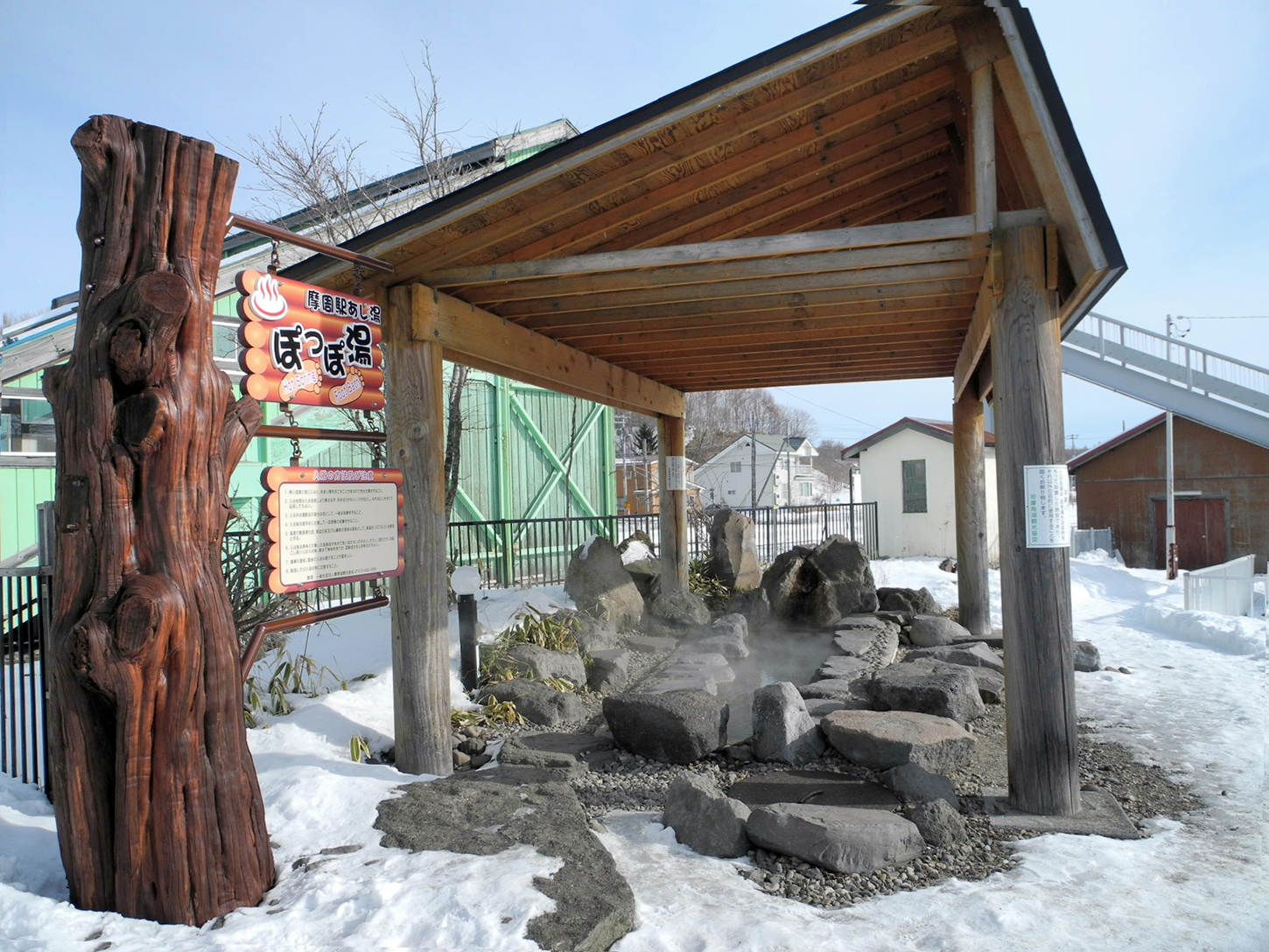
【Kussharo hot springs 】
Open-air baths around Lake Kussharo
The Lake Kussharo shoreline features several outdoor hot-spring bathing options with views of the lake. There is an open-air bath at the trailhead of the Wakoto Nature Trail that is easily accessed from one of the two Wakoto campsites. Or, if you are staying at or visiting the Sunayu Campsite, you can dig your own onsen footbath in the sand. Rent a shovel or use your hands to scoop out the sand and wait for warm water to seep up and fill the hole. If that sounds like too much work, a five-minute drive away there is an open-air bath called Ikenoyu with very basic changing rooms. The Kussharo Kotan bath is another public outdoor bath located by the lake near the Kussharo Kotan Ainu Folk Museum—this bath has an added appeal in winter, as whooper swans flying in from Siberia can be observed along the lakeside.
| Kussharo Area Day-use hot springs |
